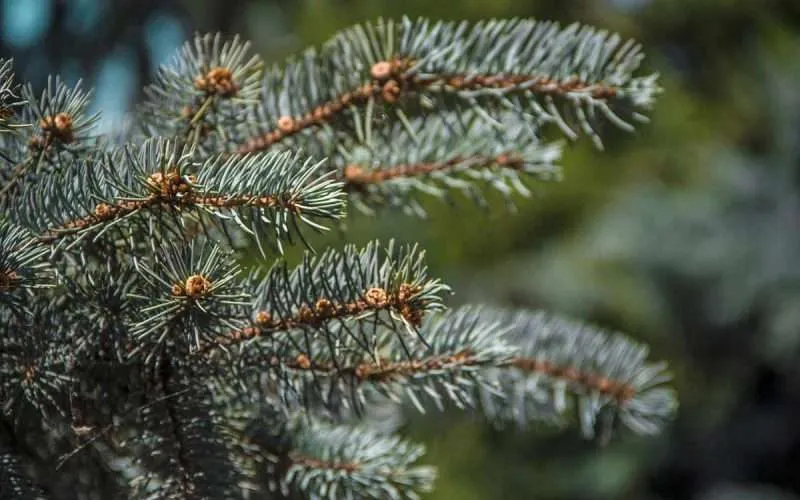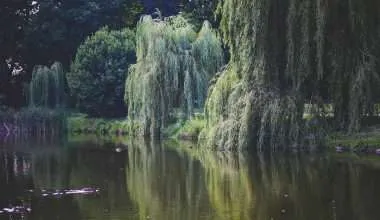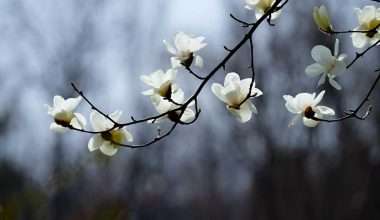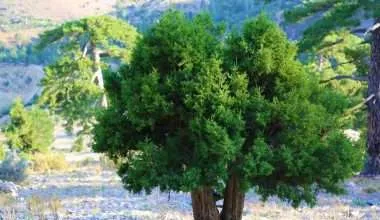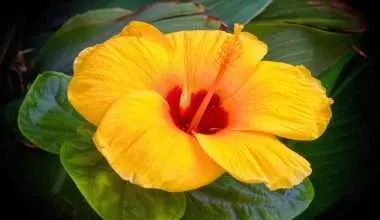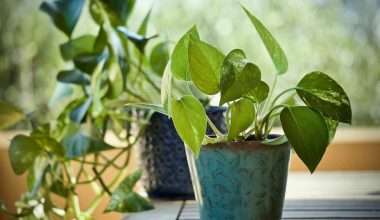Table of Contents Show
In demand for being an ornamental plant, the dwarf blue spruce is not a modern day discovery. For home growers with limited space the dwarf blue spruce may just be the perfect plant. It is small, convenient and looks majestic in a modern setting.
While certain varieties of blue spruce may grow up to 12 inches per year and require regular pruning to maintain, others don’t. The dwarf varieties such as the baby eyes spruce only grows about 2 to 3 inches per annum. This small growth makes this a much more manageable variety.
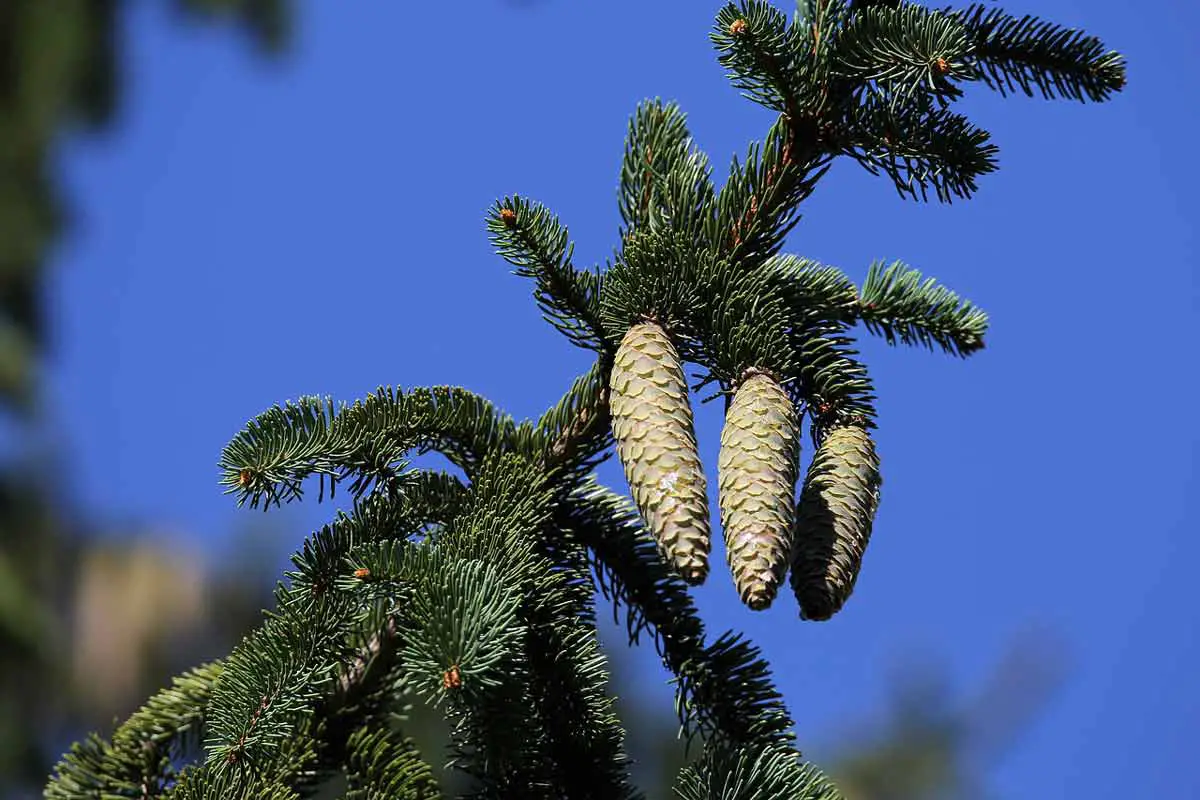
Moreover, due to the fact that this is a dwarf variety, there are definitely some unique places where you can pot the plant. It is an important landscaping feature for a modern home. Imagine a luxuriant, rich blue plant on your front porch to welcome all your visitors.
Though before deciding where and how exactly to plant your blue spruce for best visual aesthetics, it is best to learn more about the plant. While it may be a small dwarf variety of blue spruce, the plant will still require a lot of care. There are a number of key aspects to consider when planting a blue spruce. These may include:
- What the dwarf blue spruce actually is
- The smallest variety of dwarf blue spruce and what environmental conditions are optimal for the species
- The lifespan of the species
- What the plant requires and what it may be used for
- The diseases and pests to watch out for
- How to ensure the best color, stature and size
- The correct method for trimming and pruning the plant
- How tall it can get
- How deep the roots go
What is a Dwarf Blue Spruce?
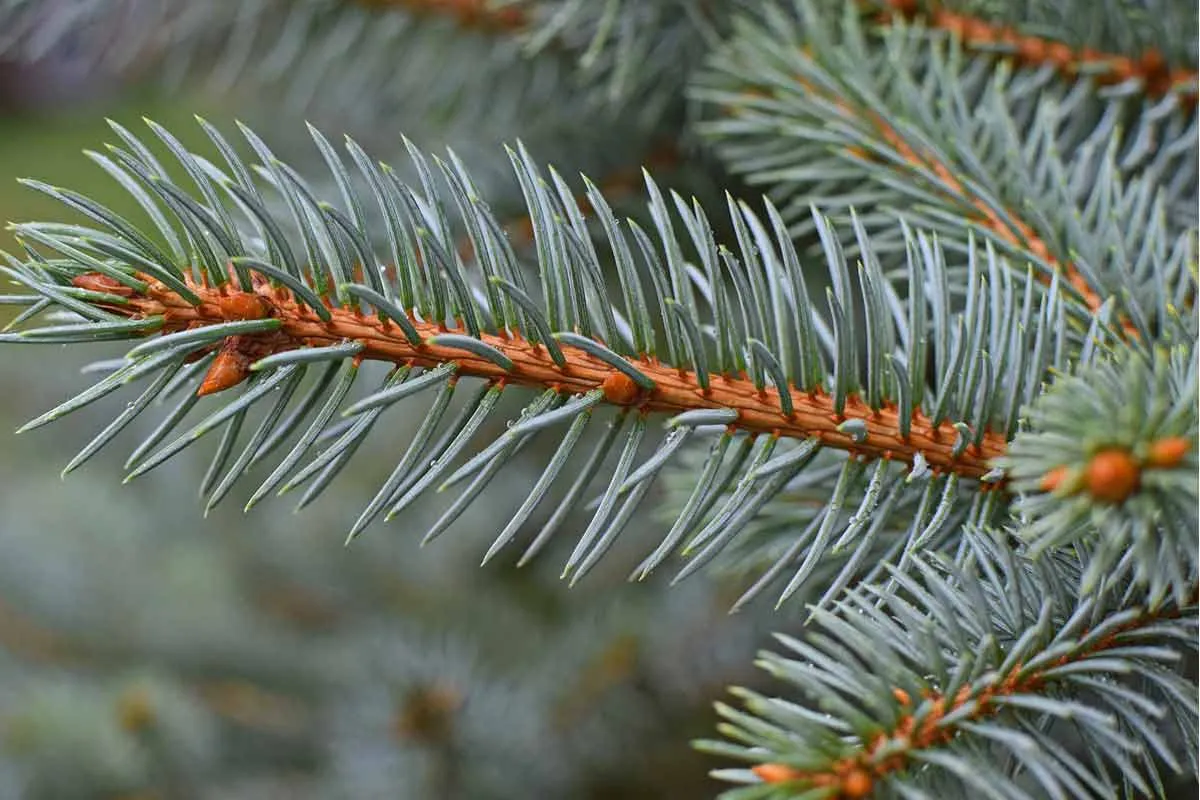
The Tiny Blue Spruce is a dwarf conifer that is prized in the landscape or garden for its characteristic pyramidal growth pattern. It has lovely silvery blue evergreen foliage. The needles are incredibly attractive and stay silvery bluish green all winter.
The plant exists in both shrub and tree form, growing in a pyramidal shape. Due to their unique look, they give a charming effect to the environment with a silvery and bluish green touch. They have the capability of bearing minimum zone temperatures. The plant’s aesthetic beauty is on full display during winter season.
What is the Smallest Dwarf Blue Spruce Species
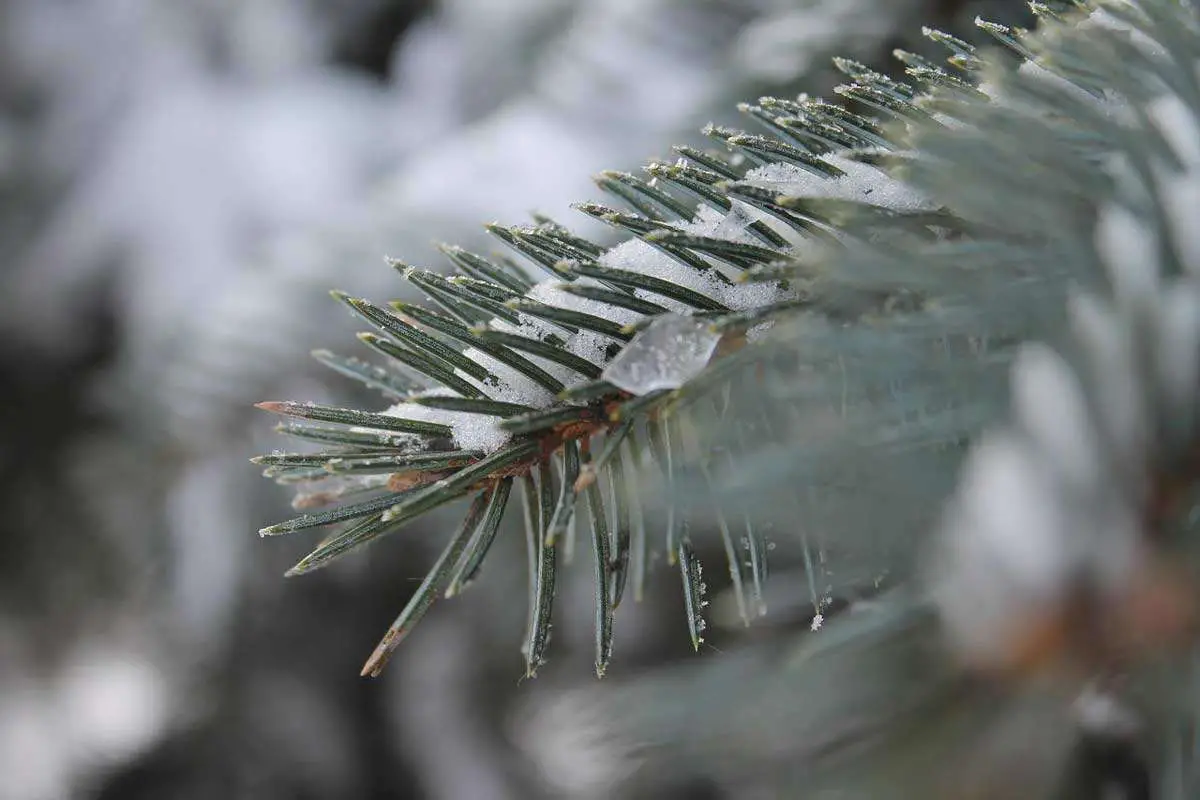
One of the first practical considerations while looking for the perfect small plant is deciding on the species. It is no different with blue spruce plants. You will have to select the perfect little blue spruce for yourself.
As with other things, each blue spruce variety has its own unique features, including size and form, so you may choose one to meet your exact requirements.
One option you may want to consider is the specially bred species that are easier to care for. Not only that but the artificially bred species are also more tolerant of environmental conditions. This allows the plant to practically be grown in any place. A perfect choice if you are worried about maintaining your blue spruce.
In case what you want is a smaller spruce, you still have options. You may now choose from dwarf or miniature kinds. These cultivars are prone to being small and slow growing. This ensures that your dwarf blue spruce remains small and adorable.
Dwarf blue spruce trees may grow as little as 5-6 feet in height on average, making them ideal for compact settings or groomed gardens.
Though if you do wish to get the smallest variety of dwarf blue spruce available, it would be the Montgomery Dwarf Colorado Blue Spruce. This plant has a height of only 4 feet and has a very slow growth of two to four inches per year.
The adorable fact about it is that it can easily fit in a room by giving it a delightful and charismatic sight. It can endure and tolerate extreme cold, winds and diseases and can stay healthy on its own. This makes taking care of the plant all the more easier. This spruce variety is not a big fan of hot environments or tropical climates though it does tend to have considerable tolerance.
6 Simple Steps for a Healthy Dwarf Blue Spruce
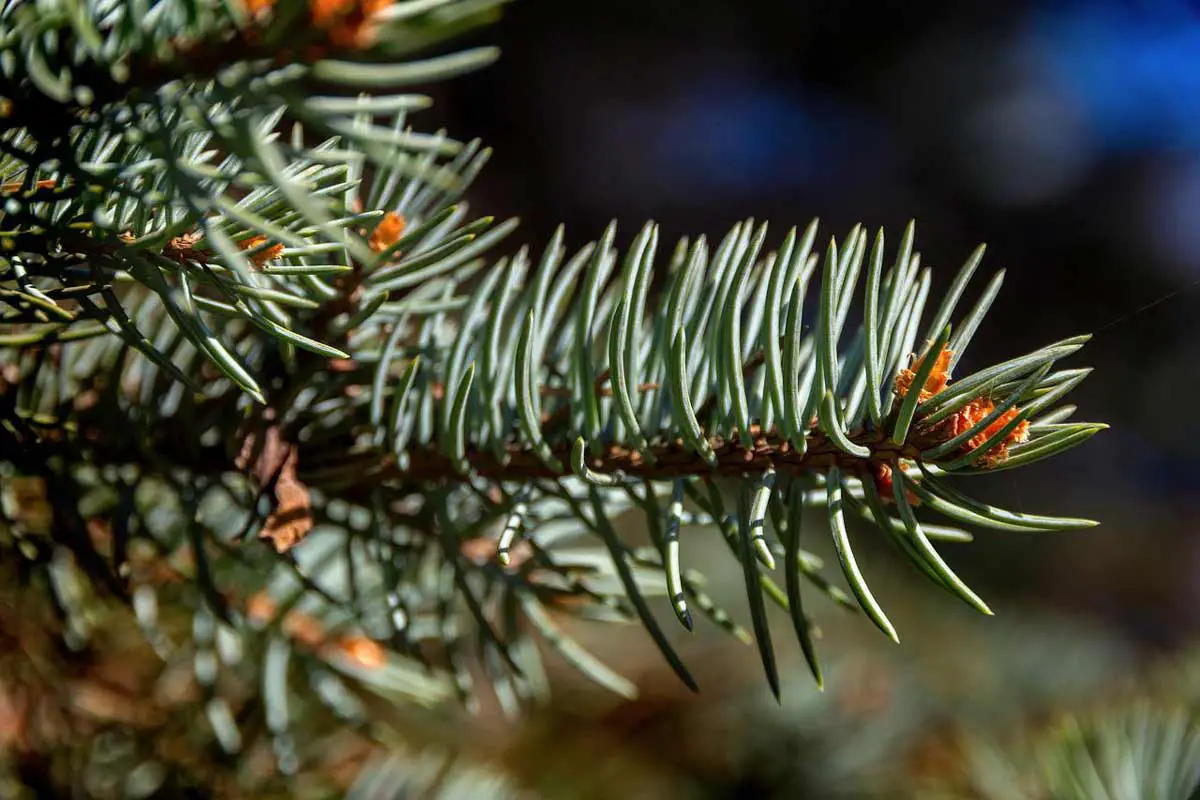
Once you have selected the species of blue spruce tree that you wish to plant and the perfect spot to plant it, you are ready to proceed. While planting the blue spruce may not be the difficult part, keeping it healthy can be.
That is if you are not aware of what the proper protocols are for maintaining a healthy, small blue spruce plant.
1. Maintaining Your Dwarf Blue Spruce
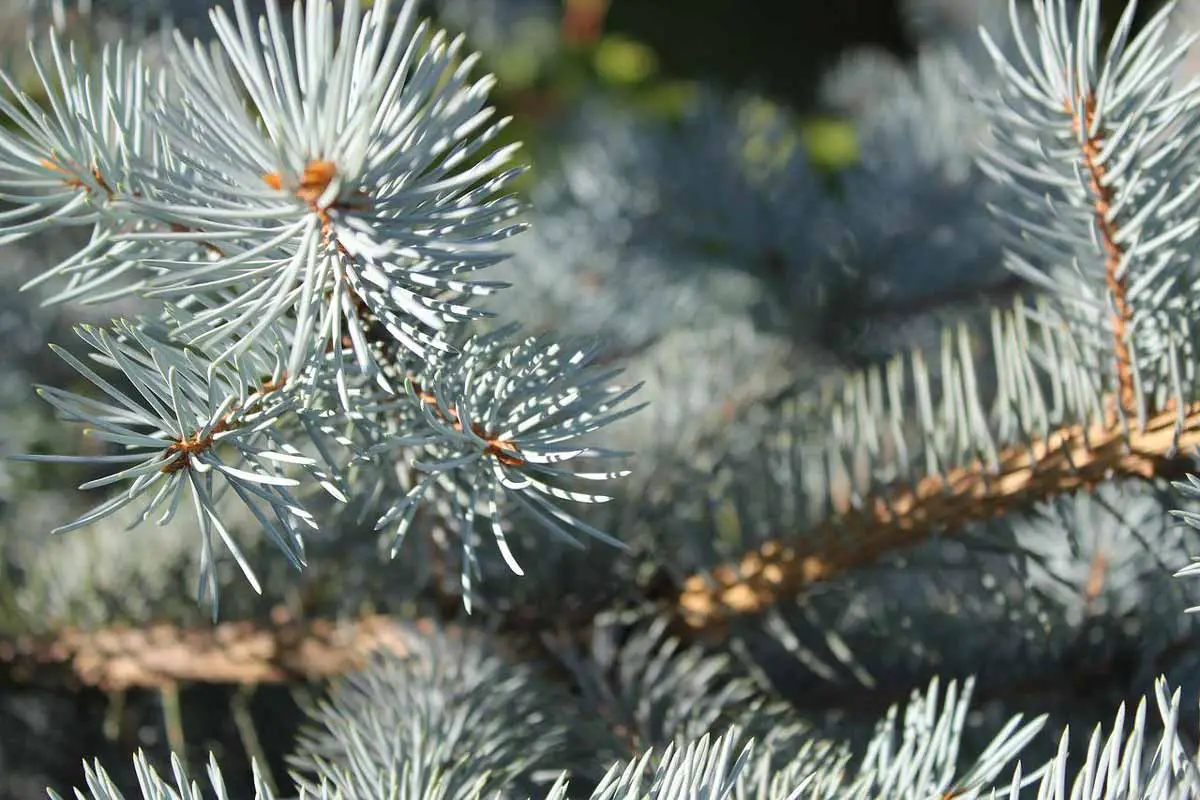
Along with everything else, it is critical to maintain overall tree health. To do this, ensure that the majority of its water, sunshine, soil, and other demands are satisfied on a constant basis.
If you fail to satisfy the health demands of your blue spruce tree over time, it will display indications of stress, such as dropping or yellowing needles.
You may increase the health of your tree by providing it with compost on a regular basis and by appropriate mulching. This not only improves soil health and nutrition, but it also helps to keep moisture near the roots. These small, simple tricks may help keep your blue spruce plant at optimal health.
2. Getting the Right Tools to Prune your Tree
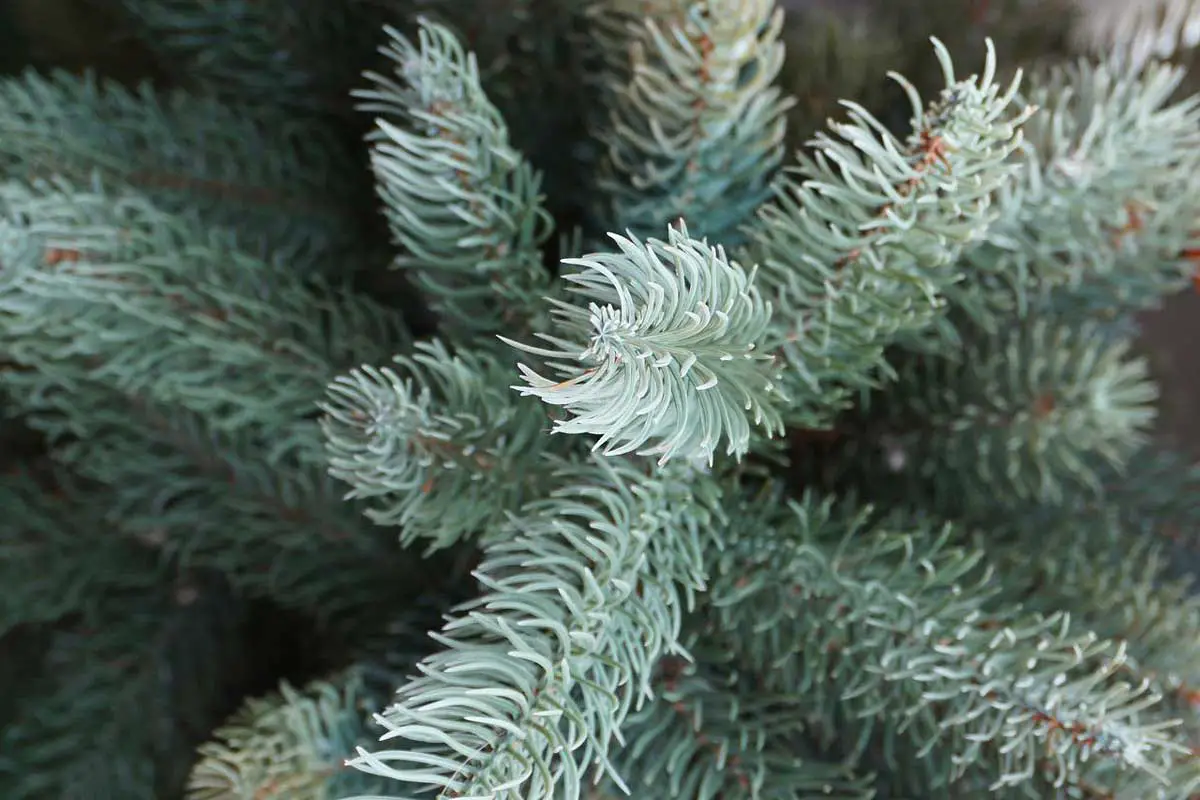
One of the most common things that you may be doing with your blue spruce tree is probably pruning it. This plant is used for its small stature. In order to maintain that keep the plant small, it is absolutely necessary to prune your plant on a regular basis.
The first step in keeping your blue spruce small is to ensure that you have the right equipment and a sound pruning strategy in place. To begin with, you will need a few tools to trim your tree.
A hand pruner or a long pruner is an excellent instrument. One with carbon steel blades and ergonomic grips is ideal for precision tree trimming.
Because of the sharp spruce needles and branches, you may wish to invest in a good pair of gloves. A pair that is cut resistant and has a good grip may be the best option.
If the tree you’re starting with is particularly tall, a bigger pole pruner may be required. A pole pruner that has a considerable reach is best. For blue spruce trees, however, a pole pruner with about 14 feet of reach is adequate. Even the tallest blue spruce trees are not very tall.
Along with these tools, you should have a good strategy in place for trimming your tree. This is vital so you know what you’re going to do and don’t cut too much or too little.
Take a photo of your tree or sketch a few illustrations of what you may do to accomplish this. After some thought, you should have a good concept of what you want to accomplish. Then you may begin pruning your blue spruce.
3. Prune off Dead Tree Branches
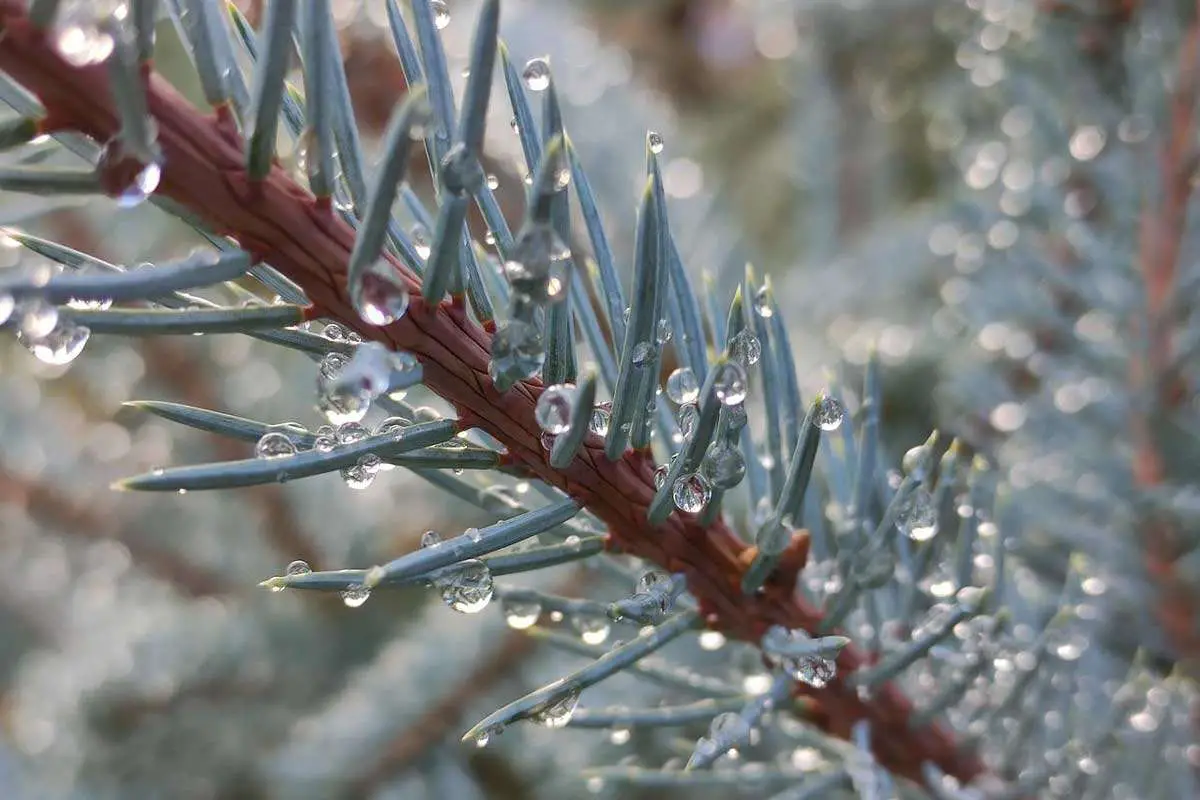
Begin your pruning by removing the decaying and big branches from your blue spruce tree.
When it comes to decaying branches, you can easily cut them off, giving your blue spruce tree more ventilation and allowing it to redirect more of its energy to healthy branches.
You may trim them quite safely because cutting dead branches has little effect on the tree and just serves to preserve aesthetics.
Furthermore, remove overly huge branches, especially if they are in unusual positions, such as towards the top of the tree. Pruning these should be done judiciously to allow the tree to completely recover.
It is also important to note that trees that are one-third to half the diameter of the tree frequently compete with the trunk. This may slow the growth of the trunk, allowing the tree to remain smaller.
4. Eliminate the Undesirable Branches
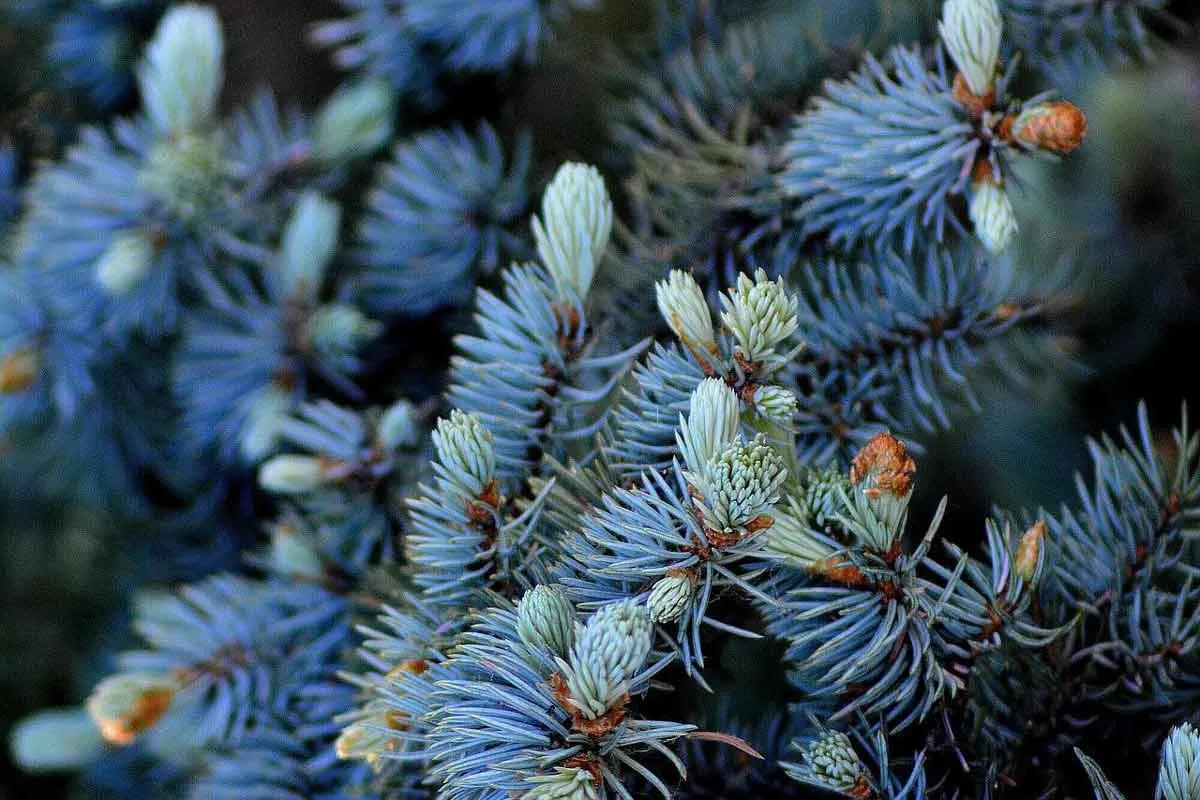
Another stage in trimming your blue spruce is to remove any unwanted branches. This means you should prune any branches that are developing in undesirable directions or are ugly.
Pruning should be done sparingly, like with the other pruning guidelines, and should include other types of maintenance, such as staking or reshaping the branches before cutting.
Remember to do this on a regular basis rather than on a random basis.
5. Pruning Must be Done Regularly to Keep the Plant Small
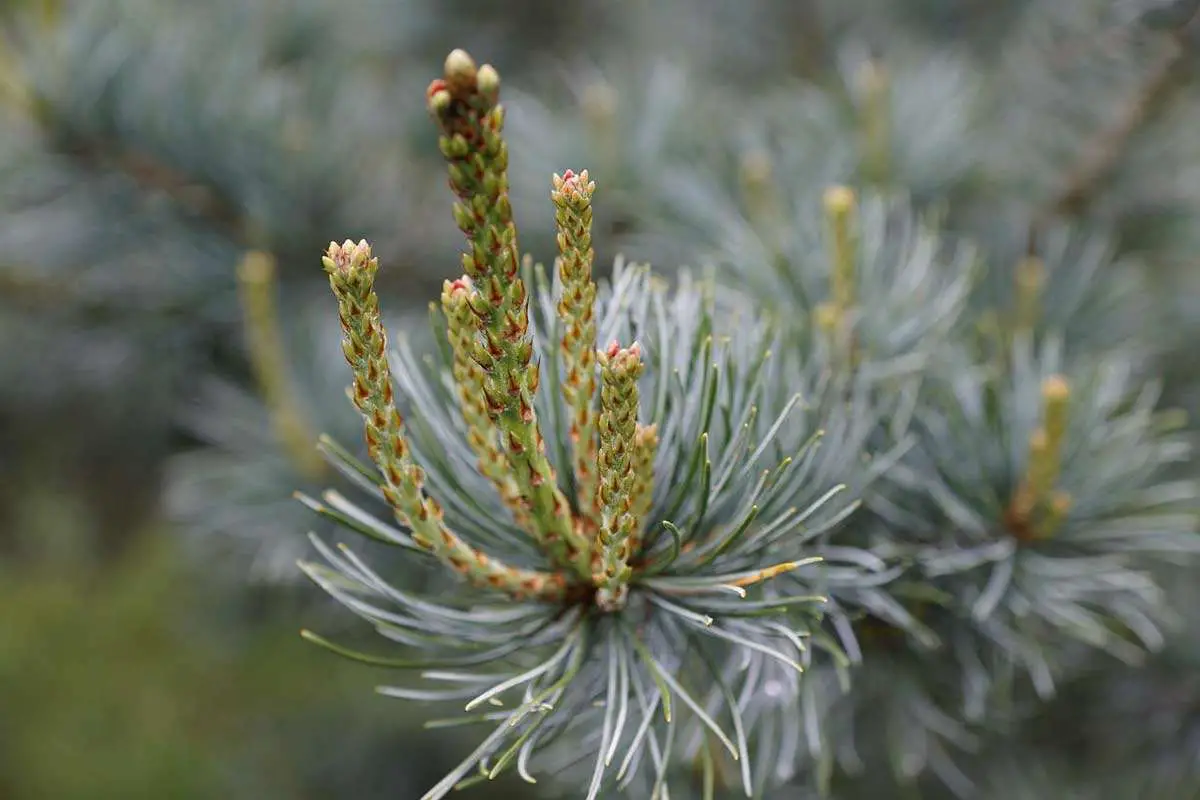
Your tree will most likely continue to grow after you trim it for the first time. Pruning can cause many trees and plants to become bushier, especially if done around growth nodes.
You should already have a plan or at least a broad concept of what form you want to keep.
If you haven’t trimmed your spruce in a while, it can grow in strange directions or lose its natural form. If this is the case, you may need to restart and gradually prune to produce a new overall form.
In most circumstances, your spruce should only have a few top branches and a few loose branches reaching out from the sides. To keep the original form, simply trim these regularly.
If you want to retain your blue spruce’s form without hurting it, trim it periodically over a lengthy period of time. Pruning your blue spruce is best done in late winter/early spring, when it will have a lengthy period of growth ahead of it.
6. Pruning May be Done to Display Artistic Creativity
If you are pruning a blue spruce tree for the first time, you will most likely need to trim slightly all over to produce a standard form.
Returning to the previous few stages, you should already have the necessary tools and a strategy in mind to assist you along the path.
If your tree is fragile or you are concerned about damaging it, consider trimming a new form over a longer period of time. This allows you to securely modify the shape of the tree, which has less hazards than trimming the tree all at once.
Follow the natural shape of your tree when trimming for the first time. As previously stated, most blue spruces have tapered cone shape with a smaller crown and a larger base, like a Christmas tree.
Finally, if you continue this pattern of pruning slightly (no more than a fourth the diameter of the crown) in the natural shape of the tree, you should have no problems.
Maintaining a Baby Blue Spruce
Raising a little blue spruce from seedling to adult is one of the most difficult aspects of raising and sustaining it. Compared to caring for one that has already sprouted this is a much tougher task.
Watering and lighting mistakes, nutritional deficits, weather damage, and insect damage are just a few of the numerous challenges you may face during this period.
In terms of irrigation and sunshine, water your baby blue spruce anytime the soil appears dry. Make sure you put it in a spot that receives enough sunlight.
Make a good start by incorporating rich soil, which might be new garden soil, fertilizer, or compost.
Weather damage can also be a significant challenge for young blue spruces. Many weather occurrences might harm your spruce, especially when they are young. The saplings would have to be sheltered from windstorms, hail storms, snowstorms, and even heavy rain.
These weather events can create a variety of issues, including snapped branches, lost needles, and even changing the angle of your tree. Problems of this nature are more common in areas prone to storms.
It’s a good idea to stake or protect your blue spruces before and during these occurrences to aid with these hazards. A sturdy, semi-covered well supported tree is more resistant to heavy rain and debris.
Another difficulty with blue spruces is pest damage. This includes tiny creatures like squirrels eating/damaging branches/foliage, as well as huge animals like deer breaking branches or devouring foliage.
While the use of synthetic pesticides is not suggested, there are a few alternatives you may attempt to assist solve these issues. Repellents are an excellent way to keep squirrels and deer away without injuring them, yourself, or your tree.
